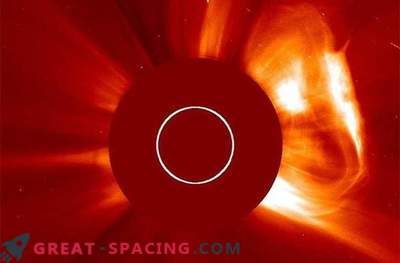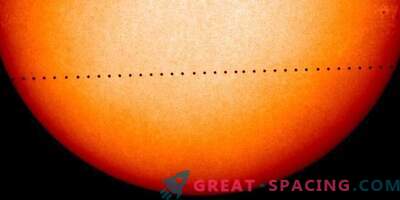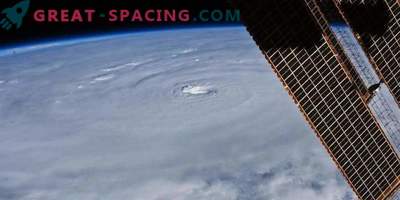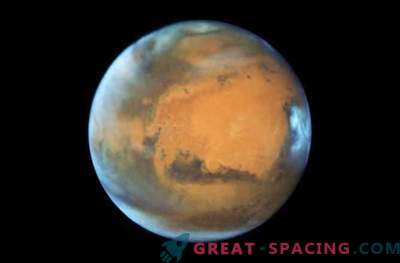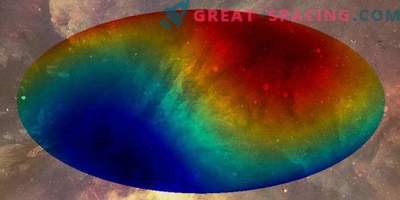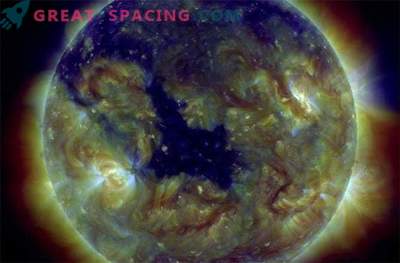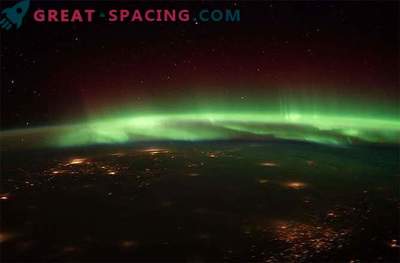
The more solar observatories, the fuller the picture of what is happening. Scientists have created new models to understand how shock waves propagate from the Sun, associated with coronal mass ejections (ECM). This was made possible by combining three NASA satellites.
VKM create interplanetary shakes when they leave the Sun at extreme accelerations, forming a wave of high-energy particles. The latter are capable of creating cosmic weather phenomena on Earth, threatening spacecraft and astronauts.
Realizing the structure of such shock waves and the principles of their development and acceleration, one can learn to accurately predict the mechanisms of destruction of near-Earth space. But this cannot be measured without a wide range of sensors scattered in space. Therefore, scientists have to rely on models using satellite observations.
In the last study, they decided to use information from two different eruptions from three spacecraft: SOHO and two STEREO vehicles. One VKM occurred in March 2011, and the second in February 2014.
Using information from three different satellites, researchers created new models that recreate coronal mass and wave emissions in 3 D. The event of March 7, 2011 is shown here. The pink lines represent the VKM structure, and the yellow lines indicate the impact structure
Scientists insert VKM data in their models to demonstrate structures in 3D. It is not enough one device to model shake-up. But if you set three evenly around the star, then a three-dimensional view is created. Their work confirmed the theoretical predictions of a strong blow near the head of the VKM and weak around.
Over time, the blows move away from the Sun, and the 3D information allows you to recover their journey into space. Simulation helps derive important information for space weather forecasting. All these factors also make it possible to assess the level of danger of VKM.
